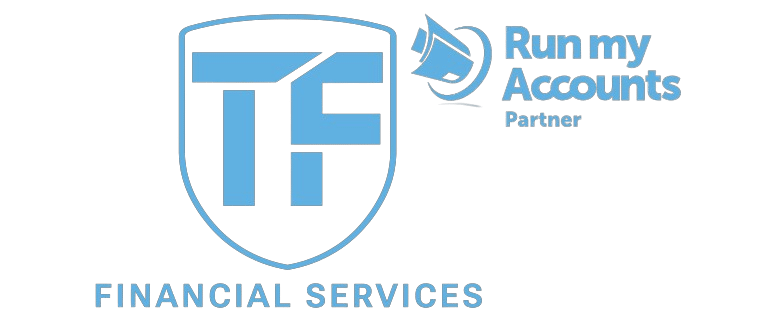Mastering Balance Sheets: A Simple Guide for Entrepreneurs
Running a business is exciting, but it also comes with its fair share of responsibilities—especially when it comes to understanding your finances. Whether you’re a seasoned entrepreneur or just starting your journey, one important tool you shouldn’t overlook is the balance sheet.
At first glance, balance sheets might seem intimidating. But here’s the good news: they’re not as complicated as they look. In this guide, we’ll break down what a balance sheet is, why it matters, and how to make sense of it—step by step.
What Is a Balance Sheet, Anyway?
Imagine your business finances as a big photograph. A balance sheet is the snapshot that shows exactly where your business stands financially at a specific moment in time.
It’s divided into three main parts:
- Assets – What your business owns
- Liabilities – What your business owes
- Equity – What’s left for you (the owner) after subtracting liabilities from assets
Easy so far, right? Now let’s dig a little deeper.
Why Should Entrepreneurs Care About Balance Sheets?
You might be wondering, “Do I really need to bother with all this if I’m not an accountant?” The answer is a big yes!
Your balance sheet can help you:
- Track your company’s financial health
- Make smarter business decisions
- Attract investors or secure loans
- Spot potential issues before they become serious problems
Think of it like checking your weight when you’re on a fitness journey. You need to know where you stand today to know where you’re going tomorrow.
Breaking Down the Balance Sheet: A Simple Explanation
Let’s make this even easier to understand by walking through the three pillars of a balance sheet.
1. Assets: What You Own
Assets are everything your business owns that has value. They’re divided into two categories:
- Current Assets – These are things you expect to turn into cash or use up within a year, like cash, inventory, or accounts receivable.
- Non-Current Assets – These hold on to their value longer, like buildings, machines, or long-term investments.
If you own a laptop you use for your business, that’s an asset. If you have money in the business bank account? Also an asset.
2. Liabilities: What You Owe
Liabilities are your company’s debts or obligations. Like assets, they’re split into two types:
- Current Liabilities – These are due within the next 12 months. Think: unpaid bills or short-term loans.
- Long-Term Liabilities – These might include things like long-term leases or loans payable over multiple years.
Here’s a real-life example: When I first started my graphic design business, I bought a high-end printer with a small business loan. That loan became a liability—and understanding it helped me manage my cash flow better.
3. Equity: What’s Left Over
Equity is what you actually own once you subtract what you owe from what you have. Here’s the basic equation every entrepreneur should know:
Assets – Liabilities = Equity
If you ever hear someone mention the “bottom line” in accounting, they’re usually referring to equity. It tells you if you’re really building value or just running on fumes.
Let’s Look at a Simple Example
Let’s say you just started a small online shop. Here’s what your balance sheet might look like:
- Assets: $10,000 (cash, inventory, equipment)
- Liabilities: $4,000 (credit card balances, supplier owes)
That means your equity is:
$10,000 – $4,000 = $6,000
That $6,000 represents your ownership stake in the business. Not bad, right?
Tips for Creating and Maintaining a Balance Sheet
Now that you know what a balance sheet is, how do you keep it in good shape?
- Use accounting software – Tools like QuickBooks or Xero make creating balance sheets less painful.
- Update regularly – Try to update your balance sheet monthly or quarterly, not just at tax time.
- Double-check your math – Make sure the numbers balance out: total assets = liabilities + equity.
- Work with a professional – When in doubt, having a bookkeeper or CPA review your balance sheet can save you big headaches later.
I personally learned this the hard way. In my second year of business, I didn’t check in on my balance sheet often. When tax season rolled around, I discovered inventory issues that could’ve easily been caught months earlier. Lesson learned!
What Can a Balance Sheet Tell You About Your Business?
Reading your balance sheet is like having a conversation with your business. Ask yourself:
- Are my assets growing over time?
- Am I taking on too much debt?
- Is my equity increasing? If not, why?
If you’re seeing steady growth in equity and assets while keeping liabilities in check, you’re likely on the right track. But if your debts are mounting and equity is shrinking, it may be time for a financial tune-up.
Final Thoughts
Understanding your balance sheet doesn’t require a finance degree. It’s just about learning the basics, keeping your numbers organized, and using that information to make smarter decisions.
To recap:
- Assets = What you own
- Liabilities = What you owe
- Equity = What’s truly yours
By mastering your balance sheet, you’ll not only feel more confident handling your business finances—you’ll also be better prepared to grow, pivot, or weather any storm that comes your way.
So, the next time someone mentions a balance sheet, you won’t need to nod silently while Googling it under the table. You’ve got this!
Got questions about balance sheets or want to share your own small business journey? Drop a comment below—I’d love to hear from you!

